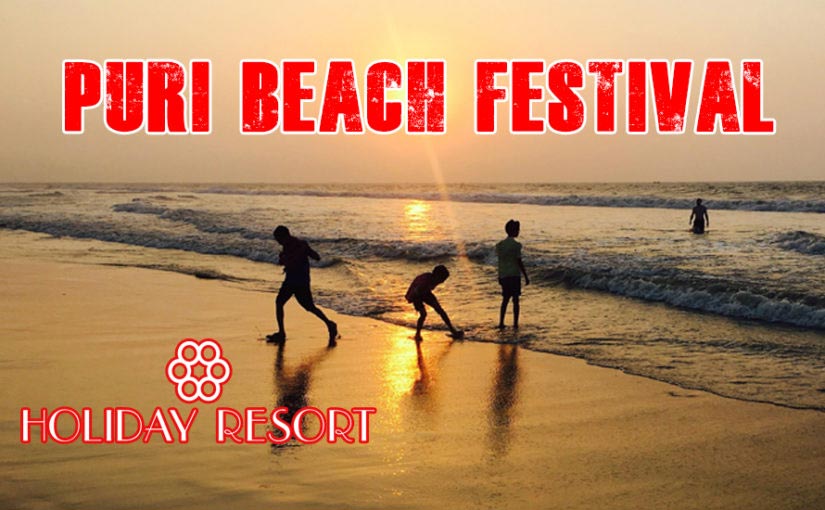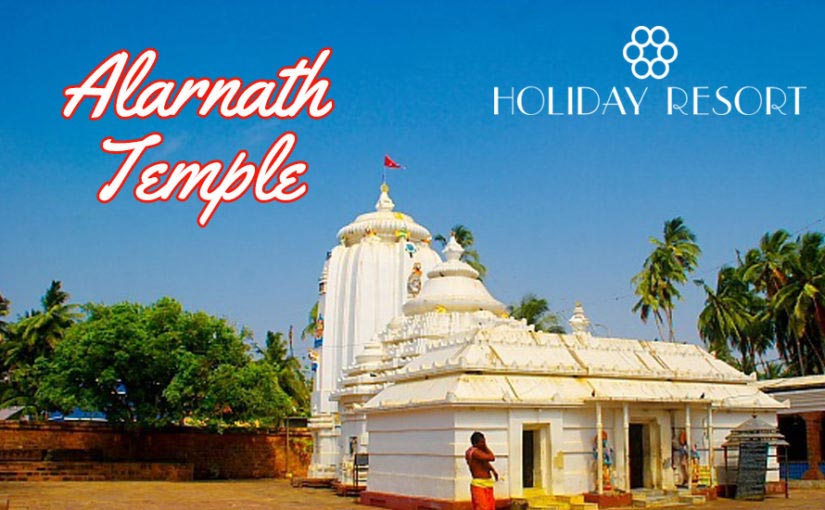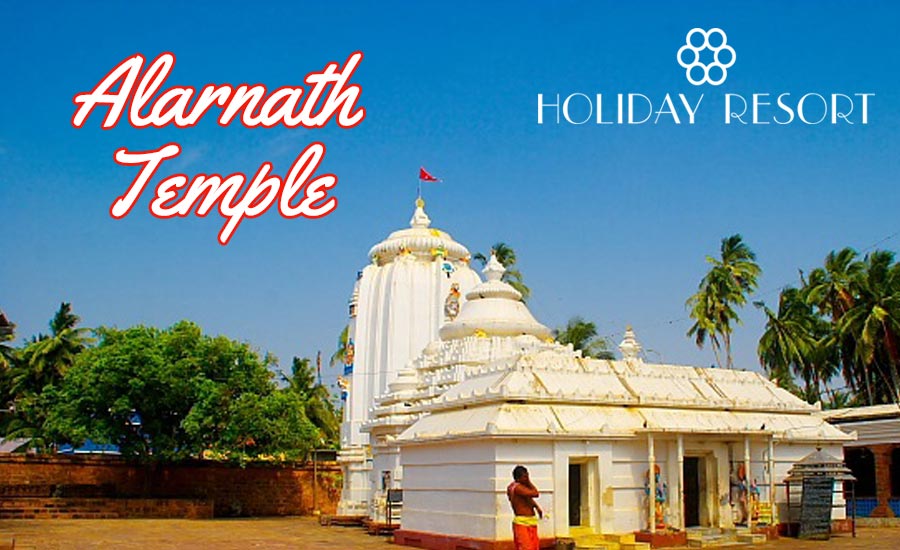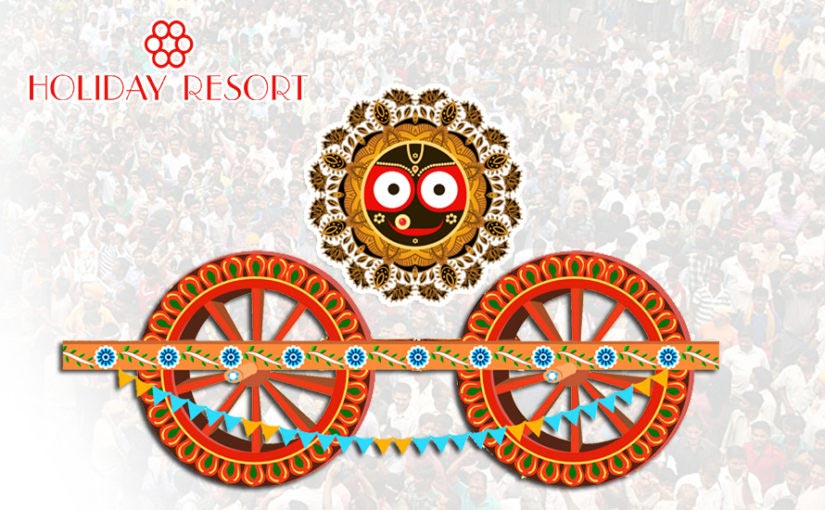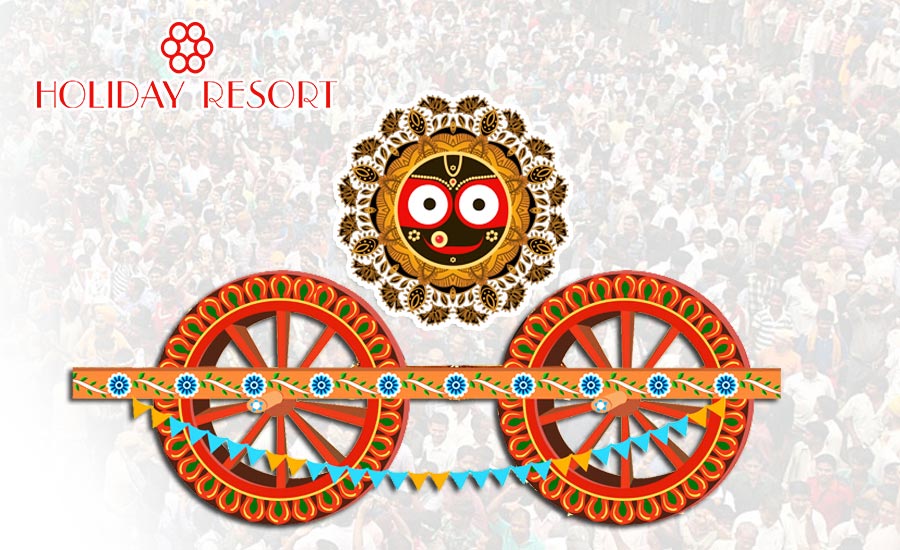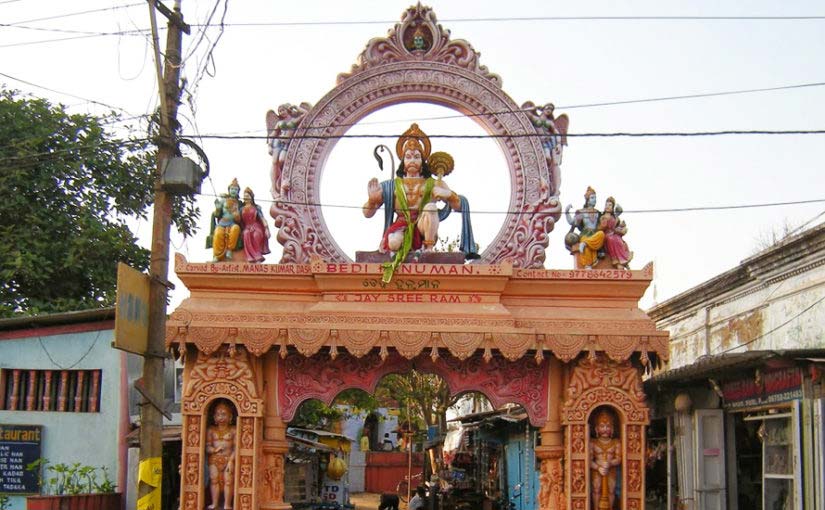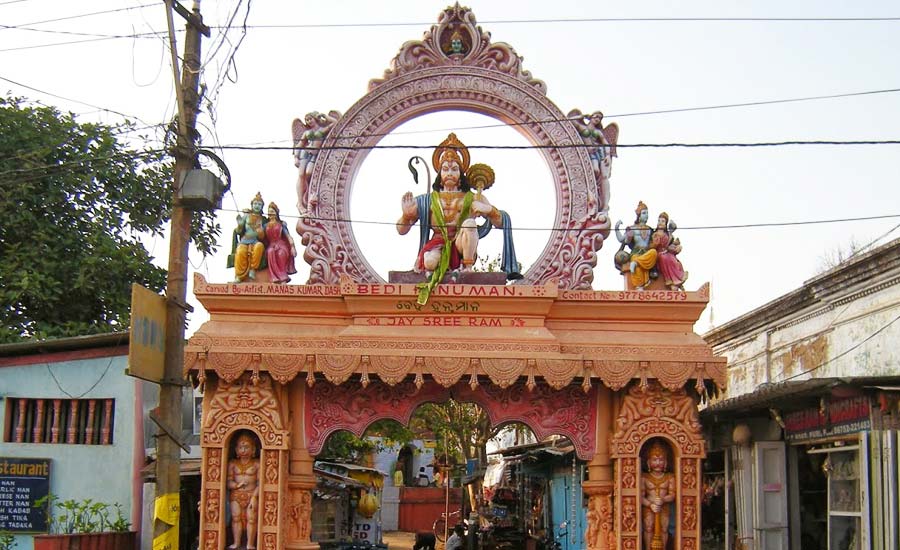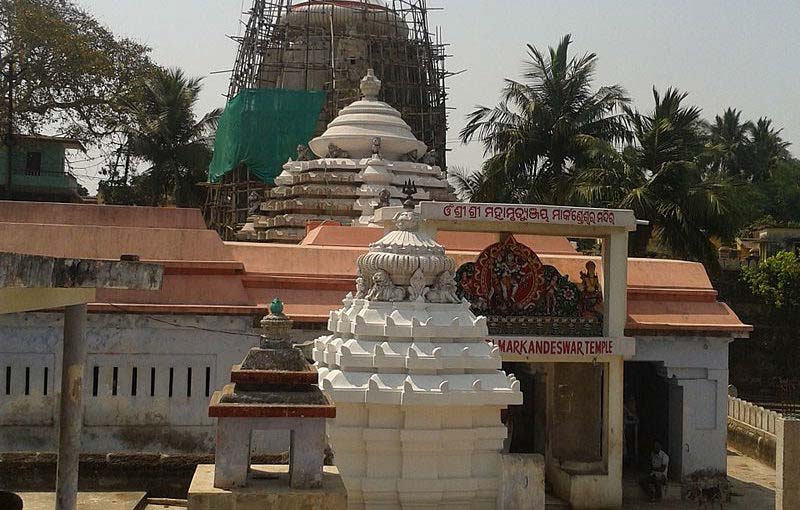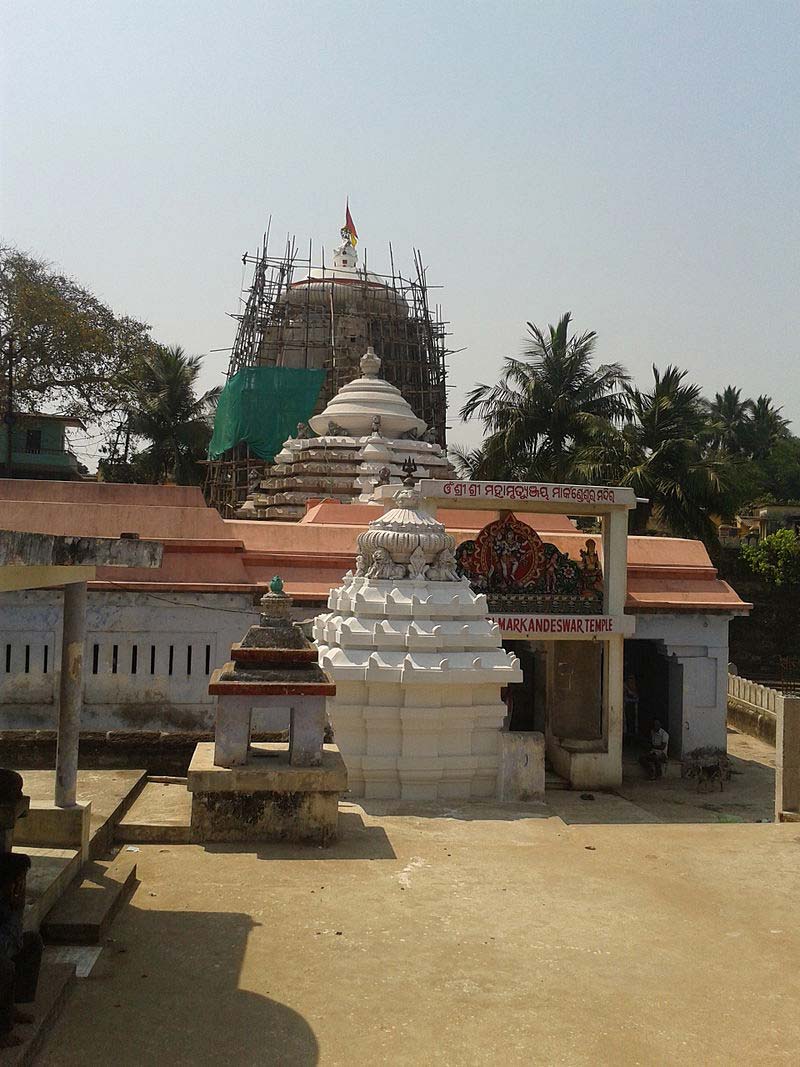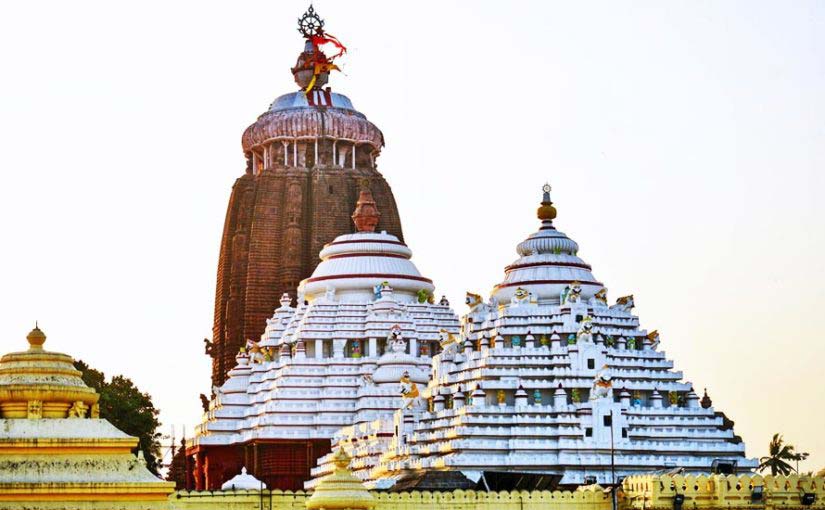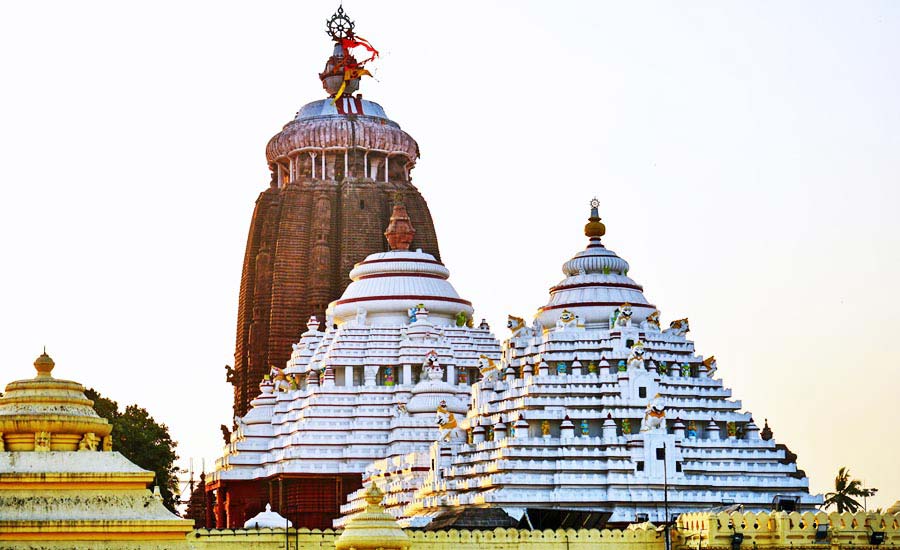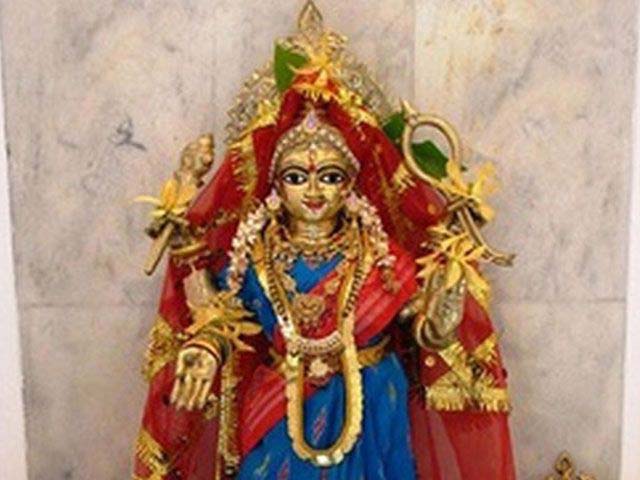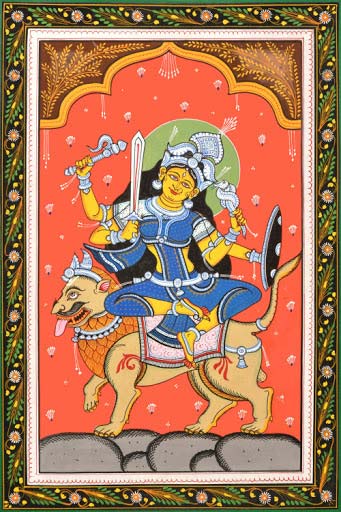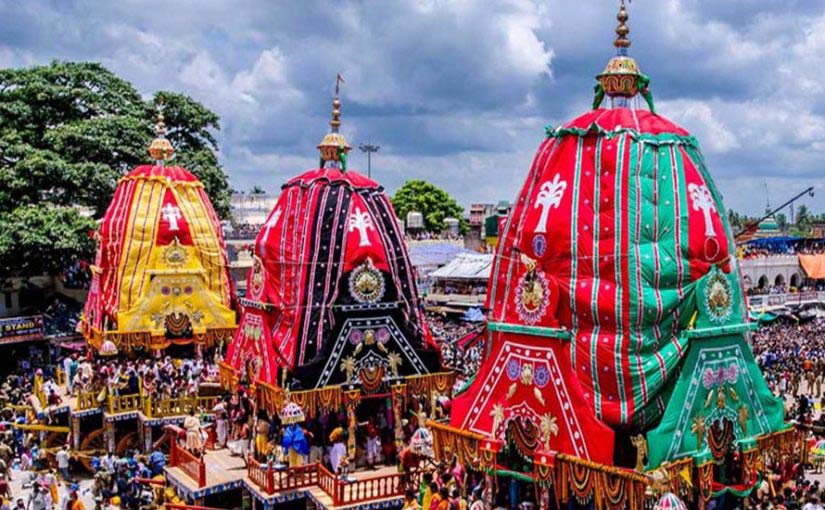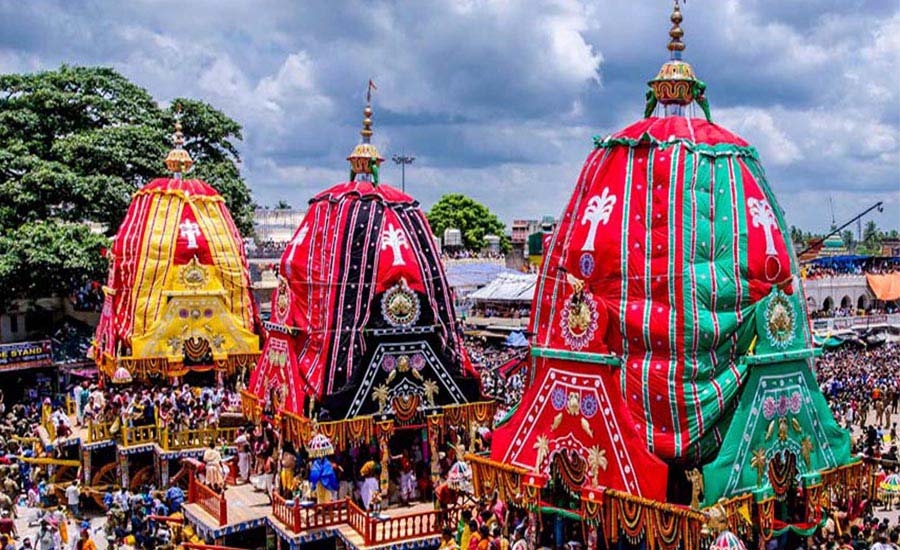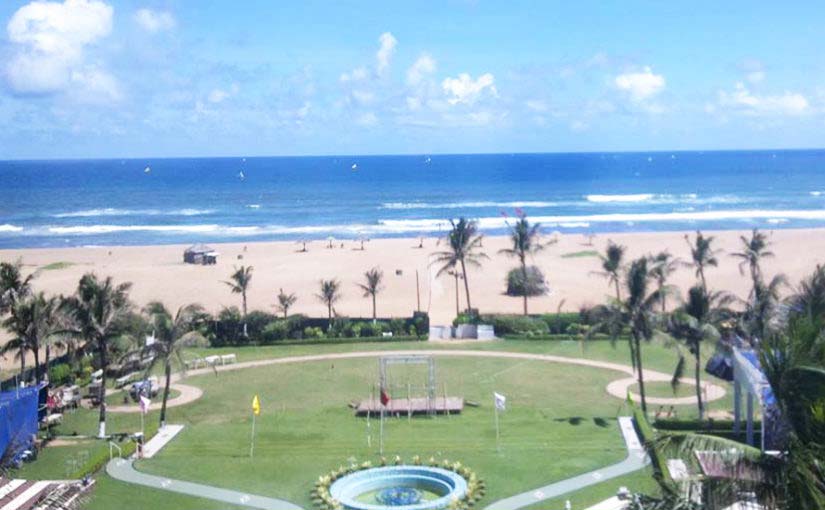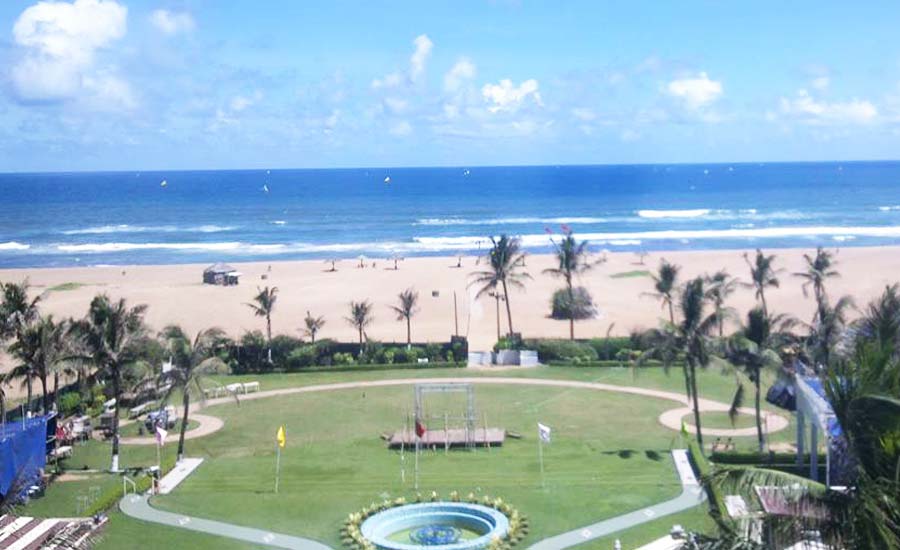The ‘Beach Festival’ of Puri is organized by the people of Odisha, the citizen of Puri, Hotel and Restaurant Association of Odisha (HRAO) and sponsored by Department of Tourism (Govt. of India and Govt. of Odisha).
Puri Beach festival unravel the majestic grandeur of divergent art, craft & Culture from different states, particularly the ethnic pristine splendor of Odishan glorious culture heritage amidst the exotic ambience on the golden pastures of the Bay of Bengal. Top performers from other states have been invited to present their rich talents. That performance could see by the foreign and domestic tourists to attract them to visit again and again. The basic idea of Puri Beach festival is to present the art, crafts, culture, cuisine and tourism potential of the state on a single platform and to attract world focus on it. Further the motive is to promote Odisha in and outside of the country. A variety of sports such as beach kabadi by girls, country boat race among the nolias, kick-boxing, tea-kwno-do, wushe, karate, Indian style of wrestling, beach volley ball by both boys and girls, fire bonati and malkhamb are some of the attractions which would keep both the domestic and the foreign tourists busy and enchanted all through the 7 days of the festival.
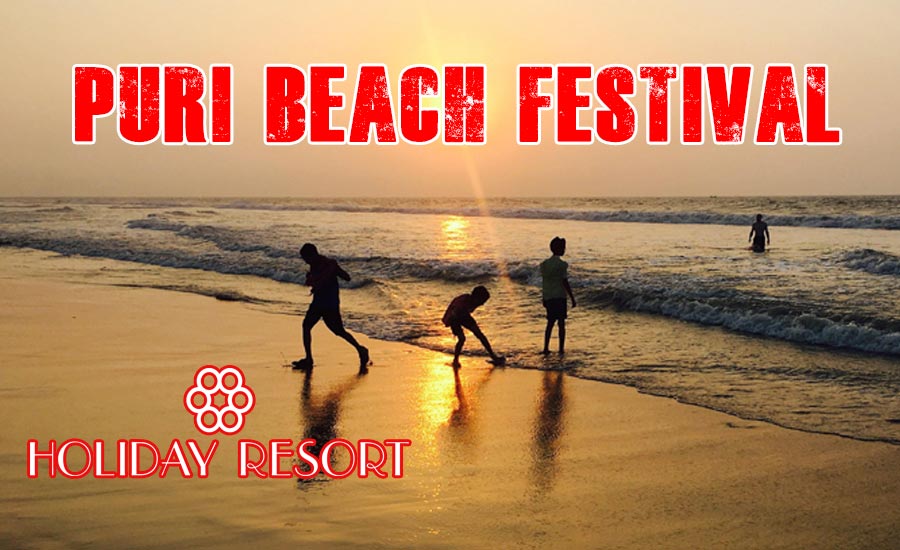
Besides the sports events the other major attraction is the culture based program.Since Odisha is a place with varied culture, the different traditional functions emphasizing its culture are displayed in its wide form. Representatives from different part of the state participates and perform their own cultural theme which includes dance, song, orchestra etc. in a lively way. The great oddissi dance projecting the saga of widely accepted Ramayana, Mahabharata, Dasavatara, prahalladbadha etc. are performed by different established group in dance form. The marital art of Mayurbhanj is displayed in Chau nurtya.The paikas of Khurda who are known in the pages of history for their valor, are also reflected in the dance form by the traditional paikas as Paikanrutya. In addition to this, members from other part of the country & foreign as well takes part to show their cultural ability.
The major attraction which is exclusive is the ‘Sand Art’. Sand art is a new concept which is carved out from heap of sand. The different monumental structure of ancient India, are projected in sands. The famous picture of AlasaKanya or the tiresome lady which is found over the walls of ancient temples like konark, Jagannath temple is well shown in the sands.
The HRAO has taken step of presenting this festival to attract not only foreigners, but also a huge domestic tourists traffic who would be eager to come to this state on one platform. They would be able to enjoy our rich cultural heritage, handicrafts, handloom, cottage industries, and the lack of memories and moments that would be everlasting in the minds of the tourists who visit Odisha during the festival. HRAO:The Hotel and Restaurant Association of Odisha may be just about over one and half decade old,being ‘born’ in 1984,but in its short life it has contributed in a most significant manner to the growth of the hospitality industry in Odisha.The growth of the HRAO is an index of the expansion of the hotel industry in Odisha.Today,there are almost 200 members of the Association and the membership is growing.HRAO was formed basically to help the members in running a smooth and successful business and to promote tourism in Odisha.
Know more about Puri with us – Hotel Holiday Resort

